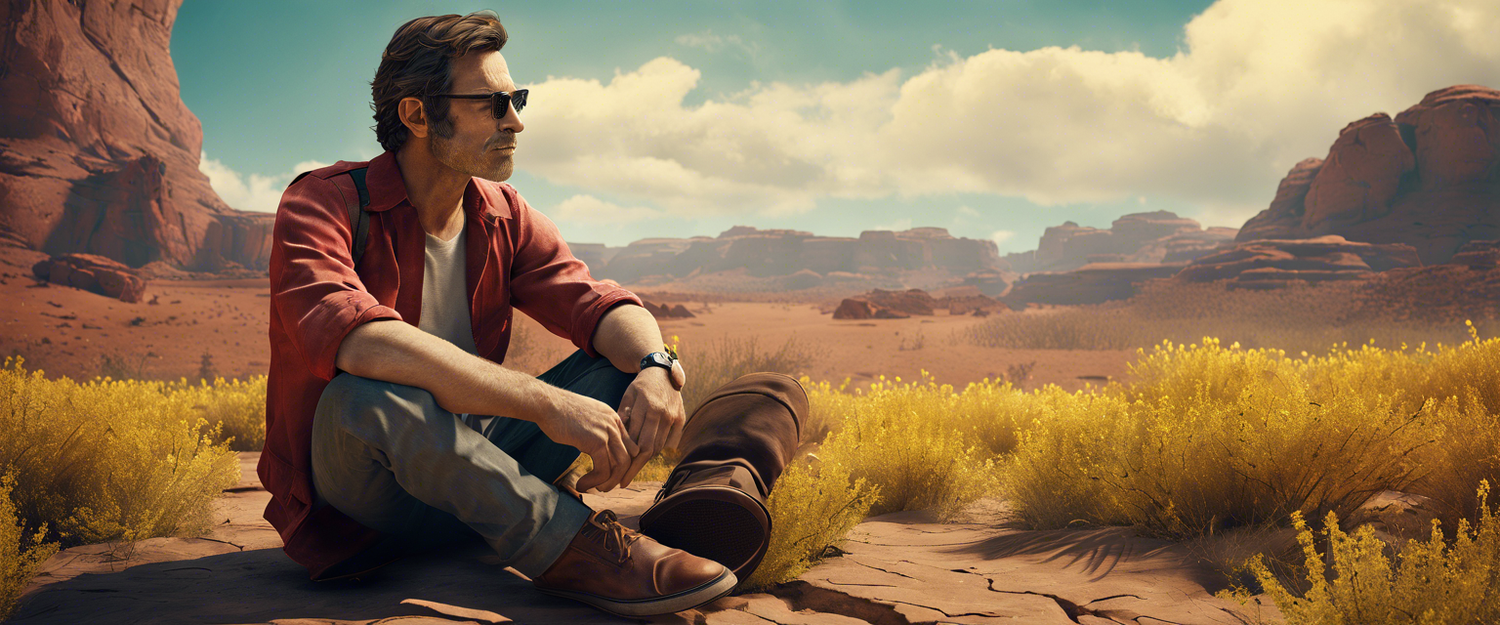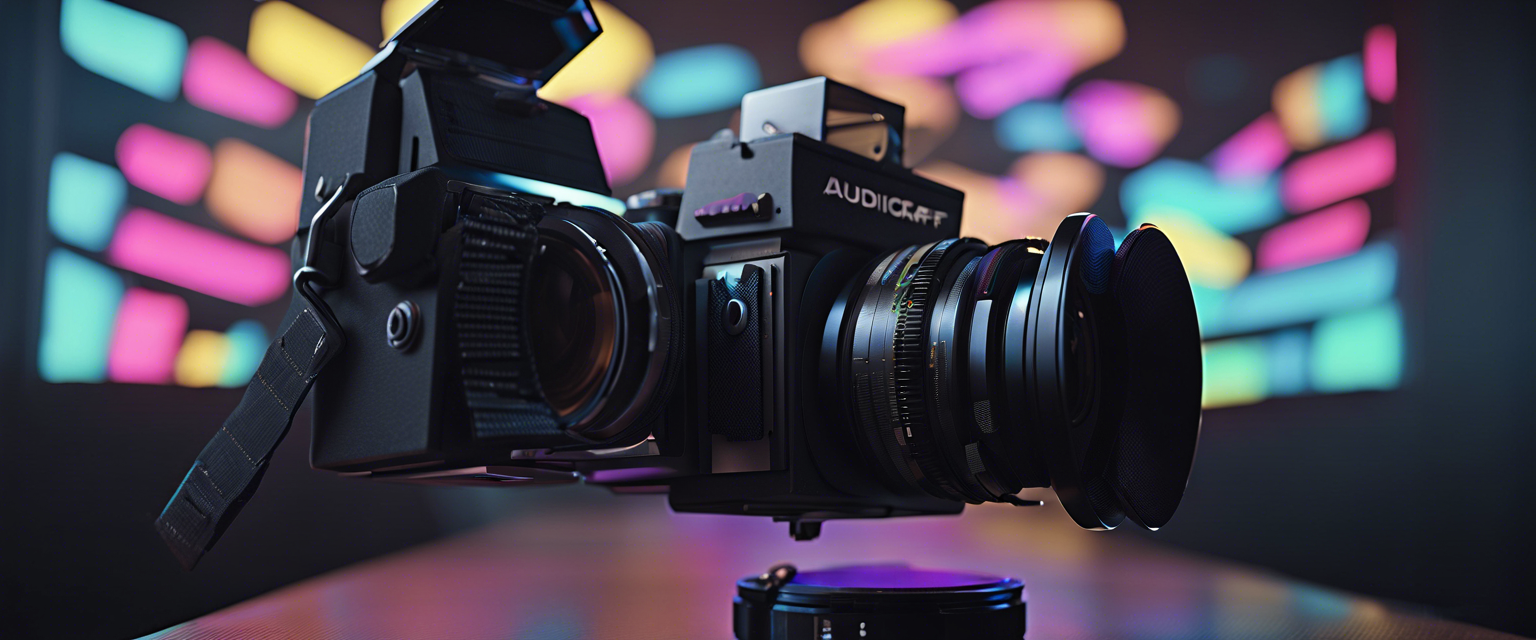Creating Your Pixar-Style Avatar Using Stable Diffusion
Have you ever dreamed of transforming into a Pixar character? With Stable Diffusion, this dream can become a reality. This guide will walk you through the steps to create a Disney Pixar-style avatar of yourself using simple text inputs.
Getting Started with Stable Diffusion
Before diving into the avatar creation process, you need to ensure you have the right tools and requirements. Here’s what you need:
- Nvidia GPU with at least 4GB of VRAM
- Stable Diffusion Web UI (Download from GitHub)
- Stable Diffusion 1.5 checkpoint file
- A portrait of yourself or any other image to use
Setting Up Your Environment
Follow these steps to set up your local environment for the project:
Step 1: Extract Stable Diffusion Project
Download the Stable Diffusion Web UI project to your local disk. You can clone the GitHub repository or download it as a ZIP file. Ensure your file structure resembles the image provided in the original instructions.
Step 2: Add the Stable Diffusion Checkpoint File
Move the Stable Diffusion checkpoint file you downloaded from Hugging Face into the models\stable-diffusion folder. Rename the file to model.chkpt.
Step 3: Run the WebUI
To launch the Stable Diffusion Web UI, run the webui-user.bat file located in your stable diffusion project folder. However, before doing so, modify the webui-user.bat file to reference your local Python installation. Once edited, double-click the file to run it.
Open your Chrome browser and navigate to http://127.0.0.1:7860, which will launch the Gradio UI.
Step 4: Generating Your Image
To generate the avatar, navigate to the img2img tab and drag your chosen photo into the interface. Adjust the settings according to your PC hardware. If you have a powerful graphics card, you can increase the resolution to at least 1024x1024.
For a Pixar-style avatar, try the following text prompt:
"Pixar, Disney character, 3D render, high quality, smooth render, a girl wearing glasses, black T-shirt, cute smile"
Remember, both CFG (Classifier Free Guidance) scale and Denoising strength impact your final image significantly. Here are a few tips:
- Increasing the Denoising value makes the result look less like your original image.
- A higher CFG scale instructs Stable Diffusion to follow the prompt more strictly, though it might create some anomalies.
For this tutorial, the best settings I found were Denoise strength at 0.7 and CFG scale at 11.0. Here’s a comparison of the final result with the original photo:

Conclusion
Creating a Disney Pixar-style avatar using Stable Diffusion is a fun and creative process. Experiment with different settings and reference images to achieve various results.
For more tutorials on Stable Diffusion and other cutting-edge AI models, visit Lablab.ai. Consider joining the Lablab.ai community on Discord to connect with enthusiasts like yourself: Discord Link.
Also, subscribe to the Nextgrid YouTube channel for updates on AI hackathons and expert interviews. Enjoy your journey into the world of AI and image generation!



Lasă un comentariu
Toate comentariile sunt moderate înainte de a fi publicate.
Acest site este protejat de hCaptcha și hCaptcha. Se aplică Politica de confidențialitate și Condițiile de furnizare a serviciului.